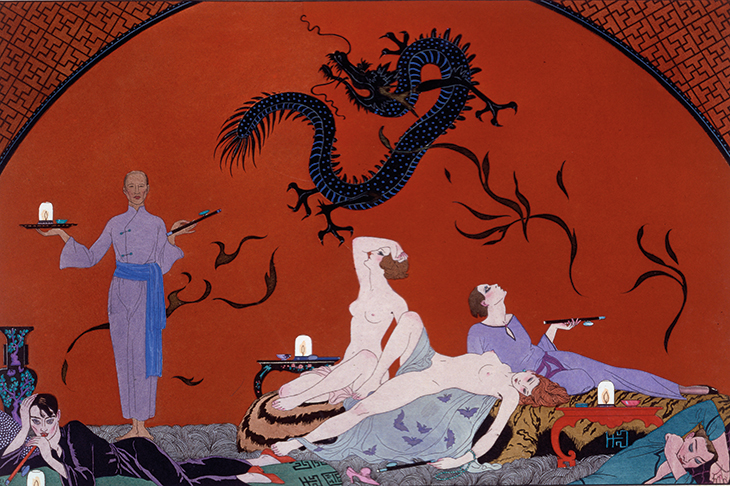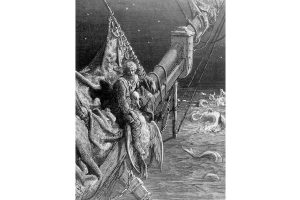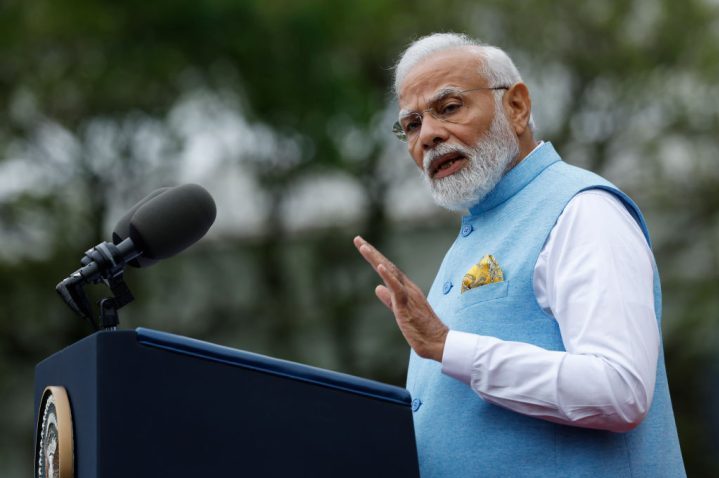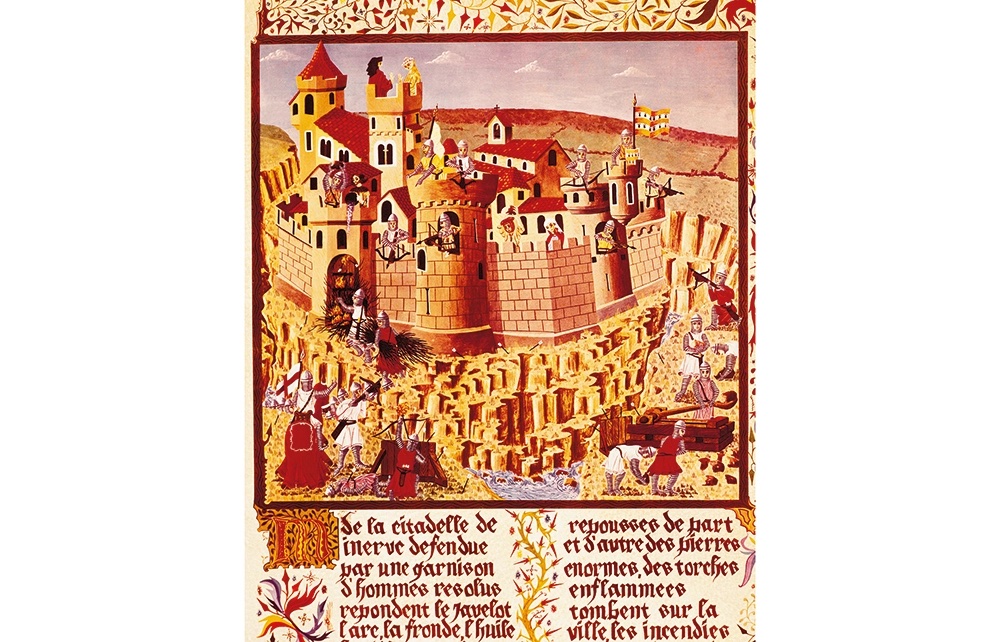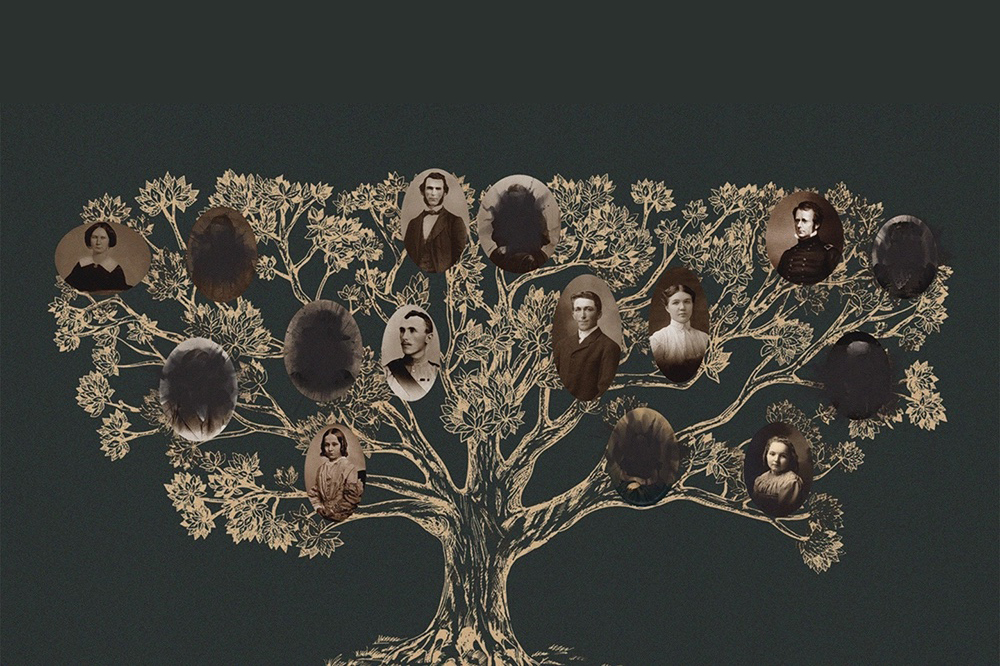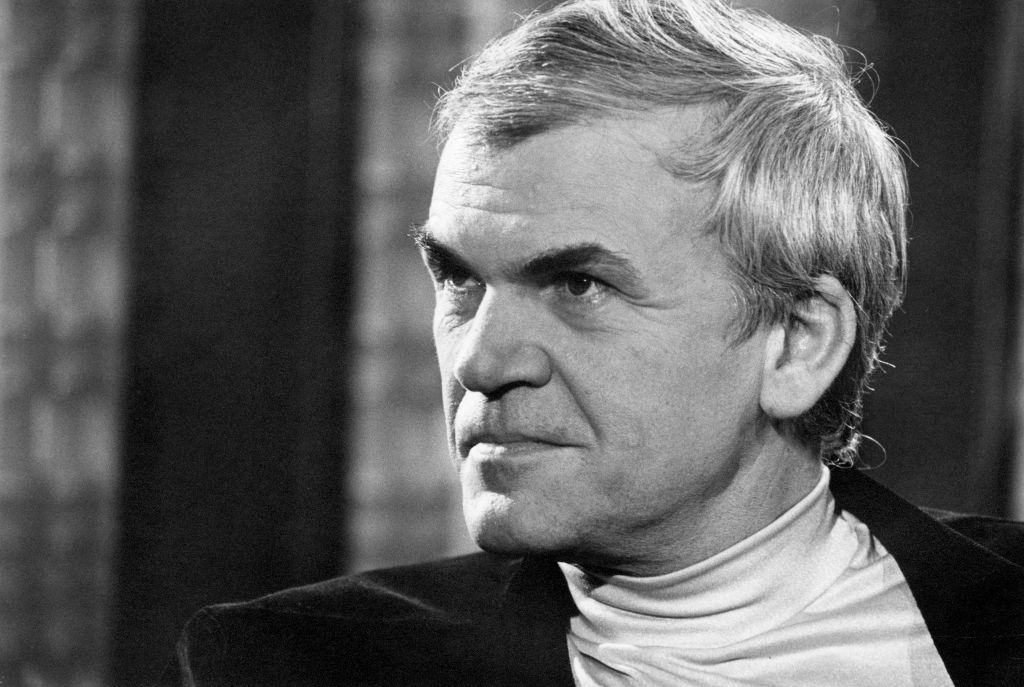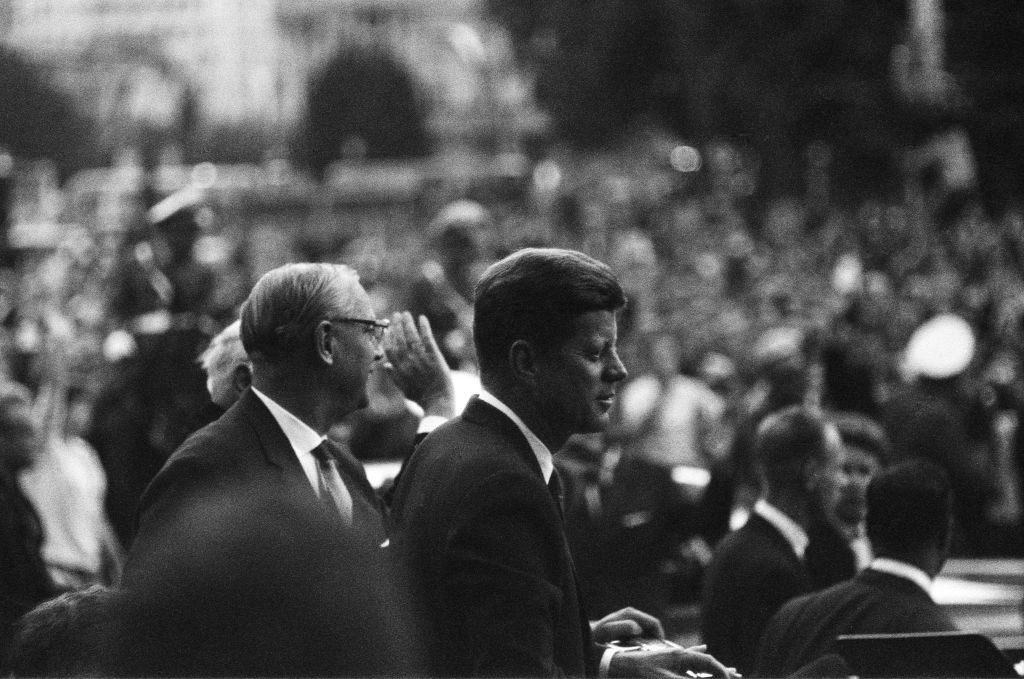America has for years been struggling with a shortage of the drugs it uses to execute people, yet it was only in August, in Nebraska, that the first judicial killing using opioids was performed. Aside from moral questions about the death penalty itself, the resistance for so long to this obvious solution denotes a particularly sadistic puritanism, as though it’s an unacceptable risk that even the last moments of a condemned man should be at all pleasant.
Opium and its derivatives and synthetic imitators constitute a miracle class of drug: nothing else is as good for pain relief, as Lucy Inglis’s bright and anecdote-packed history shows. Modern British and American soldiers, wounded on the battlefield, are given fentanyl lollipops, so that if they lose consciousness the lollipops drop out of their mouths and they avoid overdose. And the use of opium to treat the wounded in war goes back as long as human cultivation of the opium poppy, which dates from Neolithic times.
The book is a long sprint, indeed, through the last 3,000 years or so of wars, medicine, and the drug trades, legal and illegal, from China to Afghanistan and South America. This vast scope means that sometimes the reader may not be able to see the poppy for the trees. Engrossed in some detail about the American Civil War, one realizes that one hasn’t heard anything about opium for many pages. Occasionally, we race along merrily: ‘On land, as at sea, the 16th century was a time of extraordinary change and innovation,’ the author writes, which can hardly be gainsaid. But the book’s enjoyment comes from its colorful characters: the mystical doctor Paracelsus, who invented laudanum in the 16th century, or the 18th-century American doctor and politician Benjamin Rush, who wrote that small beer results in ‘serenity’, but brandy encourages ‘fighting and horse racing’, while gin begins in ‘perjury’ and ends in ‘burglary and death’. (Thomas Jefferson, meanwhile, grew opium poppies on his plantation.)
By the late 19th century, opiates were successfully commercialized in products such as Mrs Winslow’s Soothing Syrup, a morphine concoction recommended for putting children to sleep; and Inglis traces the line from here, through prohibition, to the rise of the heroin trade under the Triads and Mafia, and up to the present ‘opioid crisis’ in America, the over-prescribing of addictive painkillers.
This last, apparently, ‘indicates a deeper malaise in the American psyche’; but such powerful drugs are always political. In the 19th century, opium was associated with Chinese immigrants to America’s west coast and the subsequent alleged degradation of white women’s morals, so a huge wave of anti-Chinese sentiment culminated in California’s Chinese Exclusion Act of 1882, which was not repealed until 1943. Stories of drug-crazed black men, similarly, helped pass official prohibition of opium and cocaine by 1922. Inglis shows persuasively, meanwhile, how Allied attempts to suppress poppy farming in Afghanistan after 2001 were not only doomed to failure but counterproductive in the battle for hearts and minds.
The author’s style is perky and informal, which can result in her writing such things as ‘the drug is both a tremendous force for good and an indescribable evil’ — which, if true, is a shame, because it would be a decent idea to try to describe it. In fact, Inglis is throughout rather unattractively moralistic about her subject. She describes Coleridge ‘misusing’ laudanum, as if the poor sap had been in the habit of pouring it over his head, and endorses Southey’s criticism of the greater man’s ‘indulgence’. Coleridge died ‘an unhappy addict’, Inglis concludes with satisfaction, though it bears pointing out that he had written some rather good poetry and criticism along the way. She also describes the long life of the great De Quincey as ‘riven by disputes, nightmares, debt and drug dependence’, which again is rather to miss the literary point.
For an investigation into why people use opium and other substances recreationally in the first place, one must look elsewhere —for example to Richard J. Miller’s excellent Drugged: The Science and Culture Behind Psychotropic Drugs. Inglis, for her part, just seems consistently baffled as to why anyone might want to get off their face. She is still surprised when relating how Hunter S. Thompson had ‘few regrets’ about his pharmacological adventures; but a line of his explains something about the attraction of altered states of mind that these 400 pages otherwise cannot. ‘I hate to advocate drugs, alcohol, violence, or insanity to anyone,’ Thompson is supposed to have said, ‘but they’ve always worked for me.’
This article was originally published in The Spectator magazine.



